Since the creation of the North Atlantic Treaty Organization (NATO) 70 years ago, the Alliance and the world have gone through three phases: the morphing of World War II into the Cold War; the prospect of “Europe whole and free;” and Russia’s return to its predatory and authoritarian past.
Up until now, the United States has been the key architect and master builder of the institutions undergirding the Atlantic Community. But American power has its limits, especially when it comes to dealing with the only other nuclear superpower on the planet. Russia, in its Soviet and post-Soviet incarnations, has catalyzed all three phases of NATO’s existence.
Phase 1: World War becomes Cold War
Joseph Stalin started the Cold War before the guns of World War II were silent. The Central European nations that the Red Army “liberated” from Nazi occupation were quickly sucked into the sphere of Soviet domination and tyranny.
The Wise Men in the Truman administration were determined to contain Soviet expansion, starting with the president himself and his secretary of state, Dean Acheson, and secretary of defense, George Marshall. The strategy rested on a bargain with the Western Europeans. Those war-torn nations had to forsake their countries’ two-century habit of bloody rivalries and forge a community of nations bound together by democracy, commerce, and cooperation. In exchange, the United States would anchor a trans-Atlantic alliance that would protect the Europeans’ freedom and their project in integration.
Phase 2: Dreaming of a united West
The “political West”—the United States, Canada, and Western Europe—prepared to maintain the standoff for generations. Baby boomers like myself were optimistic enough to imagine perhaps our grandchildren might see the end of the Cold War.
Then, on a single day in March of 1985, something extraordinary happened in Moscow. Mikhail Gorbachev emerged from a closed-door meeting in the Kremlin as the next general secretary of the Central Committee of the Communist Party of the U.S.S.R.
What happened next was a validation of Thomas Carlyle’s “Great Man” theory of history. It was also a rare instance when counterfactual speculation might be allowed. Gorbachev had a half-dozen rivals for the top job, all of whom had more standard career and ideological credentials. If any of them had nosed him out, the Berlin Wall, the Iron Curtain, the Warsaw Pact, the Communist Party, the U.S.S.R., and the Cold War would probably still be with us. So would our grandparents’ NATO.
Gorbachev had five main goals that he hoped would bring his country out of the cold: 1) basing policy on truth (glasnost) instead of the Big Lie; 2) curbing repression and violence as means of power (the mailed fist); 3) easing up on the Soviet sphere of domination; 4) opening the economic and political system (perestroika), and 5) “new thinking” in foreign policy (partnership with the West).
Phase 3: Post-Soviet Russia
Gorbachev failed because he over-succeeded. His agenda took on a life of its own, undermining his authority and popularity. During the four-day coup in August 1991, the Empire stuck back.
The hero who stood up to the putschists was Boris Yeltsin, a Gorbachev underling who had been shunted aside only to come roaring back. He was the elected president of the Russian republic while it was still part of the U.S.S.R. in its last days. Stalin’s prison of nations was crumbling and its inmates were heading for the exits.
During the tumultuous Gorbachev years, the Moscow government signaled to the Central Europeans that they, too, should adopt liberal reforms and reach out to the West. Even before the disintegration of the U.S.S.R., the Poles, Hungarians, and Czechs began a drumbeat campaign for membership in NATO.
NATO under Clinton
Gorbachev was unlike any of his predecessors. He represented those compatriots who have wanted to live in—as many of my friends there say—“a normal, modern country.” Yeltsin, despite his bitter falling out with Gorbachev, still carried on with Gorbachev’s legacy. When Bill Clinton became president, he had to grapple with the question of NATO’s future. Some experts and veterans of the Cold War thought that NATO, having accomplished its mission, should go into honorary retirement. That idea went nowhere in the government.
But Clinton was convinced that NATO had to take on a new role, one with new, auxiliary institutions that would include all former Warsaw Pact members and all 15 of the former Soviet republics. The lead innovation was the Partnership for Peace (PfP), created in 1994 to foster trust and cooperation across what had been the Iron Curtain.
By the time of the Alliance’s 50th anniversary in 1999, PfP was up and running. Poland, Hungary, and the Czech Republic were already ensured membership before Clinton left office, as were tranches under subsequent presidents.
Clinton invited Yeltsin to the event as a special guest, since the two of them were making progress in defining “partnership” between NATO and Russia.
However, there was a dark cloud over what was otherwise an upbeat event. While the anniversary was under way, NATO was at war with Serbia. The 10-year carnage in Yugoslavia had reached its dangerous and bloody climax. Slobodan Milošević, the president of Serbia, had been waging a genocidal war against his own subjects, the Muslims of the Kosovo region. Milošević’s troops were committing massacres and evicting tens of thousands of Kosovars into the neighboring country of Macedonia, creating a humanitarian disaster on both sides of the border and the destabilization of Macedonia itself.
Many Russians wanted to see their government take Serbia’s side. They had historical, cultural, linguistic, and religious bonds with the Serbs. Yeltsin’s opponents used this emotional issue to weaken him politically, accusing him of being a stooge for NATO.
Yeltsin’s attendance at the Washington meeting was out of the question while NATO bombers were pummeling Belgrade. But even with this grim situation in the Balkans, Yeltsin called Clinton during the event and made it clear that Russia—meaning himself—would do everything it could on the diplomatic track if it could end the war. He sent Victor Chernomyrdin, one of his former prime ministers, to be teamed up with Martti Ahtisaari, the president of Finland. Two leaders of non-member states of NATO were able to pound Milošević into submission. The critical factor was Chernomyrdin’s ability to disabuse him of the notion that Russia would protect Serbia—and, more than that, Russia was backing the West’s demands for the bombing to stop and for international peacekeepers, including Russian army units, to control Kosovo.
NATO’s creators hoped the Alliance would never have to go to war. For 40 years, that was the case. When, in the 1990s, NATO did go into combat, the enemy wasn’t Russia. Moreover, that catastrophic war finally came to an end in large measure because of Russian diplomacy.
NATO—and Russia—today
So much for that era. Now we’re in another one. A very different leader is in the Kremlin: one who has brought back the Big Lie, the mail fist, predatory treatment of neighboring countries, and antagonism to the West. So is a very different president in the White House: one who has an affinity with dictators and open scorn for NATO.
Fortunately, a solid bipartisan majority of the Senate and House of Representatives disagrees. The Alliance’s secretary-general, Jens Stoltenberg, has been invited to address Congress on April 3, on the occasion of the NATO’s 70th anniversary. The applause will welcome him and rebuke the man in the White House.
The Brookings Institution is committed to quality, independence, and impact.
We are supported by a diverse array of funders. In line with our values and policies, each Brookings publication represents the sole views of its author(s).
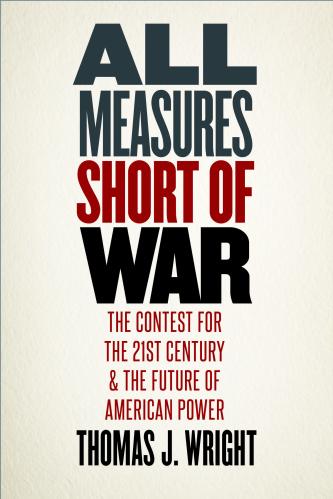
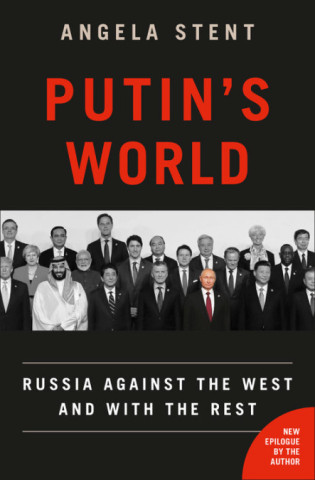
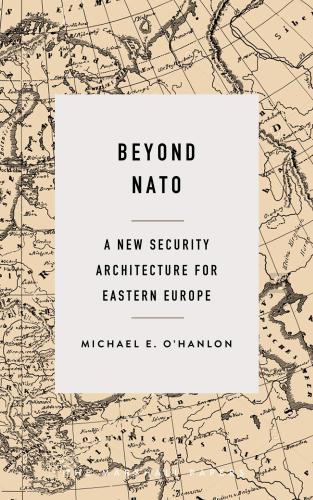
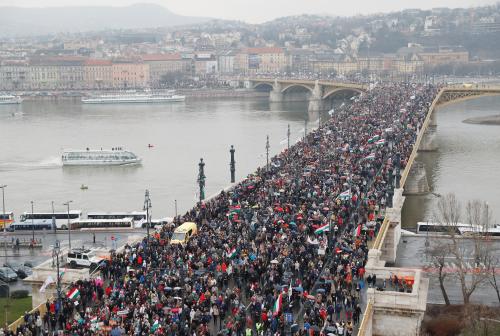
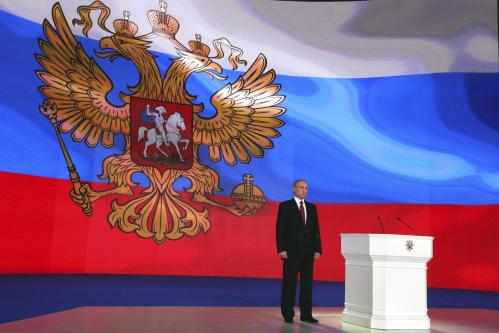
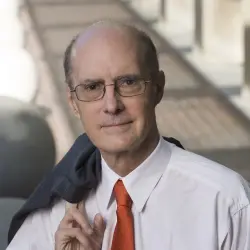
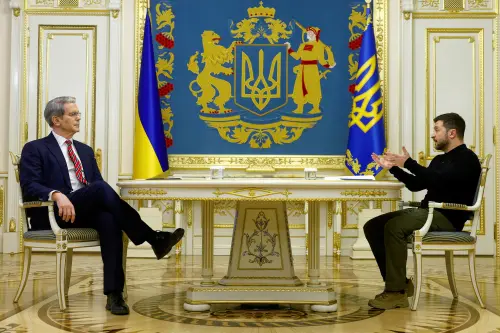
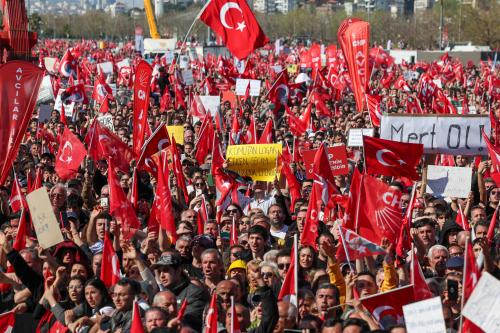
Commentary
A brief history of NATO, from Truman to Trump
March 27, 2019